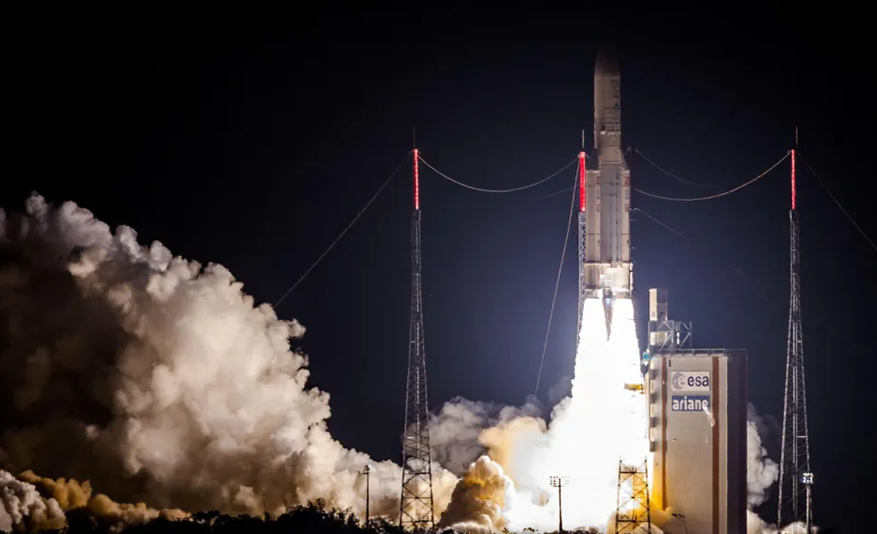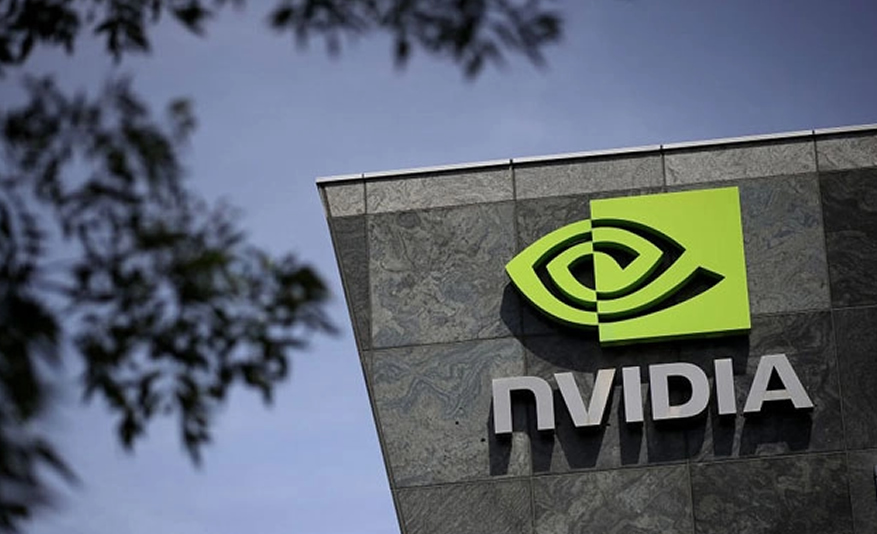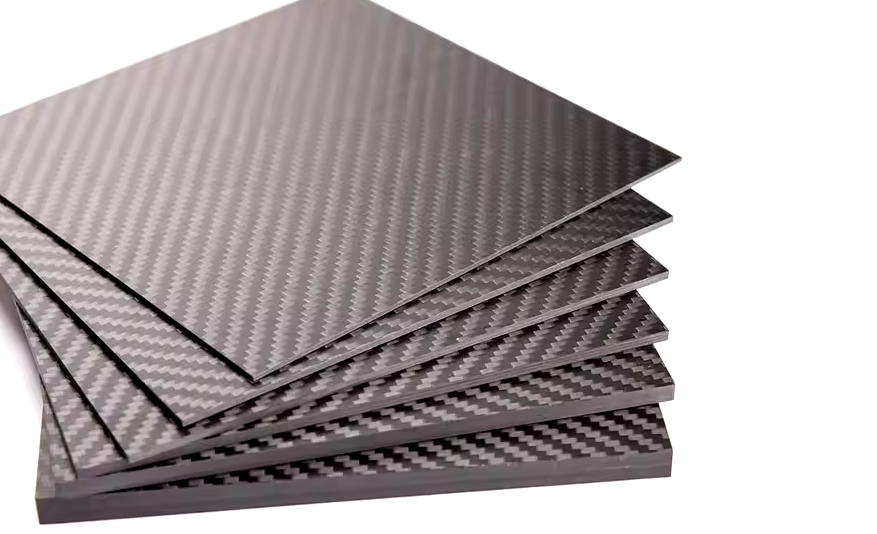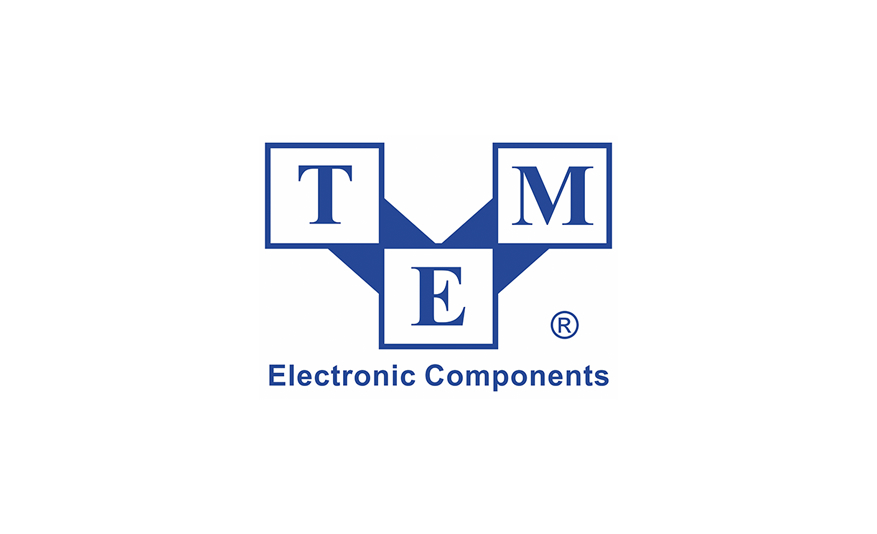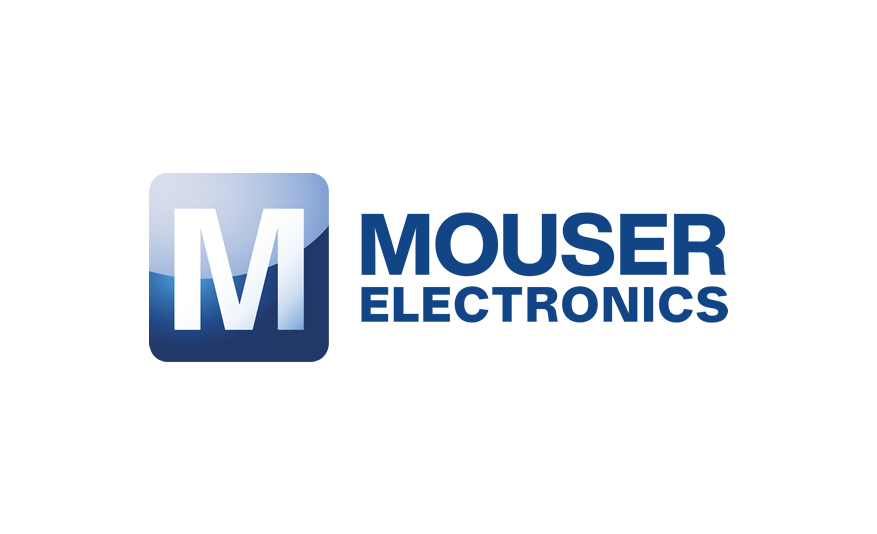Vias are used to connect different layers of circuits on a PCB, transforming the circuit board from a planar structure into a three-dimensional one. This enhances design flexibility and circuit connectivity. However, an excessive number of vias may lead to some issues:

Signal attenuation: Vias introduce additional resistance, inductance, and capacitance, which can cause attenuation in high-speed signal transmission.
Interference and coupling: The electromagnetic interaction between vias may lead to signal interference and coupling.
Increased manufacturing cost: Too many vias can increase the complexity and cost of PCB manufacturing.
Reduced reliability: Vias are weak points in a PCB, and an excessive or overly dense arrangement of vias can reduce the reliability of the circuit board.
image.png
Reasons for having too many vias:
Unreasonable design: For example, inadequate routing planning may require certain signals to switch layers through vias.
Functional requirements: Certain special functions (such as high-speed signal transmission, high-density layouts, high-power dissipation, etc.) may require more vias.
Manufacturing limitations: Certain manufacturing processes or equipment may impose limitations on the number and layout of vias.
Solutions
Optimize Design
Merge similar components: During the design process, consider merging similar components, such as combining multiple capacitors or resistors of the same type into a single component. This reduces the number of vias required, simplifies the circuit layout, and enhances the compactness of the design.
Use SMD components: Prioritize the use of Surface Mount Devices (SMD) instead of through-hole components. SMD components do not require vias, and by carefully selecting the layout and routing of SMD components, the overall number of vias can be significantly reduced. Additionally, SMD components offer advantages such as smaller size, lighter weight, and ease of automated production.
Adjust Via Types
Use blind vias and buried vias: Blind vias and buried vias are two special types of vias that can reduce the occupation of surface space on the PCB and minimize the impact on signal integrity. Blind vias are drilled on only one side of the circuit board, while buried vias are drilled within the internal layers of the circuit board and do not expose either end. When possible, opt for blind and buried via technology to reduce the number of vias.
Embedded component technology: Embedded component technology involves directly embedding components into the internal layers of the PCB, thereby avoiding the need for via connections. This technology can significantly reduce the number of vias and enhance the reliability and stability of the circuit board. However, it is important to note that embedded component technology requires specialized manufacturing processes and equipment, and it is relatively costly.
Optimize Layout and Routing
Compact layout: By optimizing the layout of components and arranging them as compactly as possible, the number of vias can be reduced. Avoid excessive gaps and unnecessary crossovers to minimize the need for vias. A compact layout also helps improve the thermal performance and mechanical strength of the circuit board.
Inter-layer connections: Consider using inter-layer connections as an alternative to via connections. By using internal layers or traces for signal transmission, the need for vias on external layers can be reduced. This method is especially suitable for multi-layer board designs and can enhance design flexibility and circuit connectivity.
Rational routing planning: Rational routing planning is another important means of reducing the number of vias. During the routing process, unnecessary trace crossings and layer changes should be avoided to minimize via usage. Additionally, attention should be paid to maintaining the neatness and consistency of the routing to improve the stability and reliability of signal transmission.
Communicate with the Manufacturer
Understand manufacturing limitations: Before designing, it is essential to communicate with the manufacturer to understand their manufacturing capabilities and limitations. Manufacturers can provide best practices and recommendations regarding vias, helping engineers optimize their designs. By understanding these limitations, issues such as excessive vias or unreasonable layouts can be avoided during the design process.
Manufacturing optimization recommendations: To improve yield and manufacturing efficiency, manufacturers often provide suggestions for optimizing the manufacturing process. These recommendations may include using techniques such as stacked vias, blind vias, or improving manufacturing processes and equipment to reduce costs. Maintaining close communication with the manufacturer ensures the feasibility and cost-effectiveness of the design.
The issue of having too many vias on a PCB is a complex and significant challenge, involving aspects such as circuit design, manufacturing processes, and performance optimization. By adopting strategies such as optimizing design, adjusting via types, improving layout and routing, communicating with manufacturers, and introducing new technologies, we can effectively reduce the number of vias and enhance the performance and reliability of the PCB.











